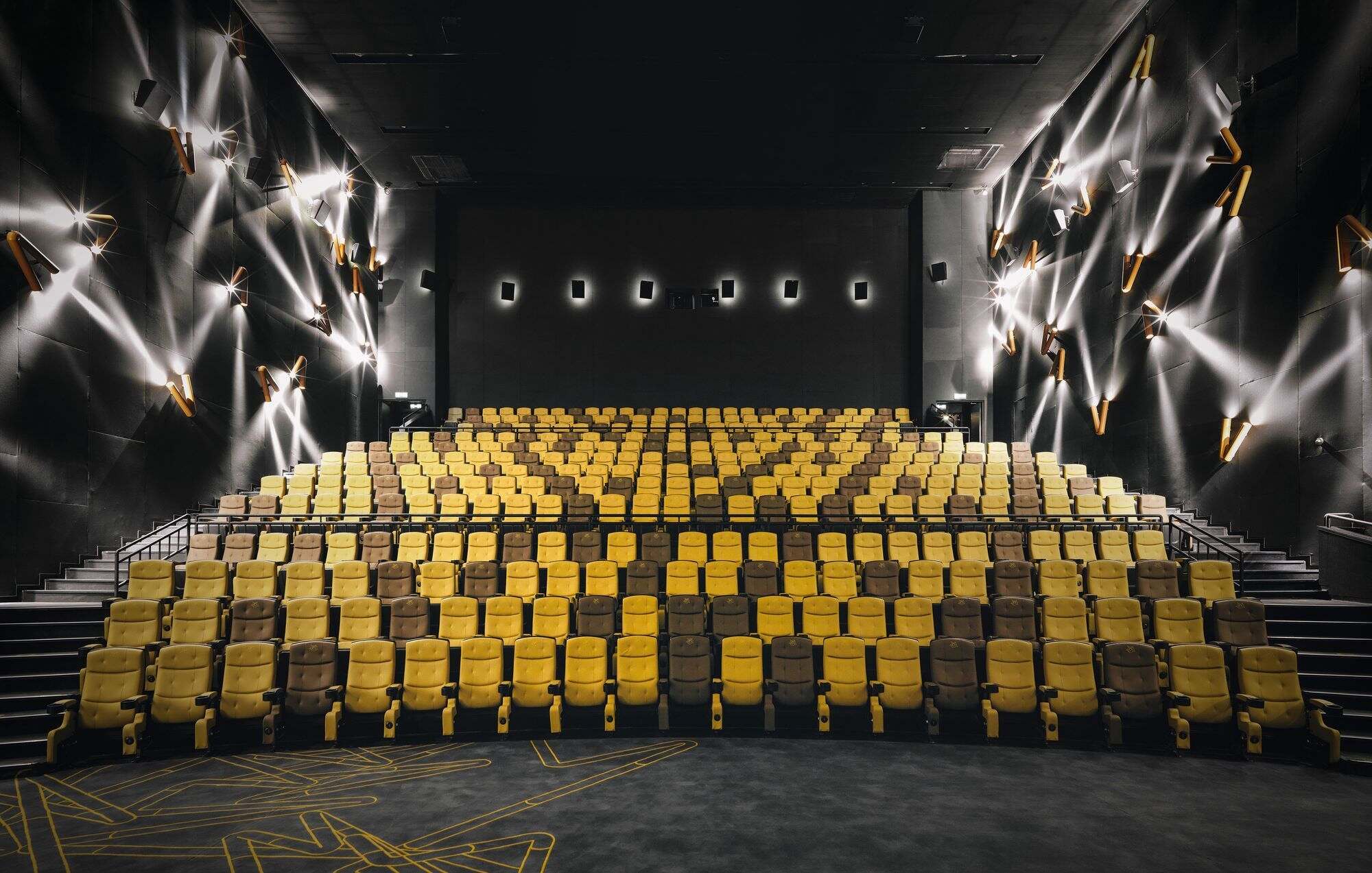
Theater design has a rich history that spans centuries, blending art, architecture, and technology to create spaces where stories come to life. Ever wondered why some theaters have balconies while others don't? Or why the acoustics in some venues make every word crystal clear? Theater design isn't just about aesthetics; it’s about crafting an experience that captivates audiences from the moment they enter. From the grandeur of ancient Greek amphitheaters to the cutting-edge designs of modern performance spaces, each element plays a crucial role. Let’s dive into 27 fascinating facts that reveal the secrets behind the magic of theater design.
The Origins of Theater Design
Theater design has a rich history that spans centuries. From ancient amphitheaters to modern playhouses, the evolution of theater design reflects changes in culture, technology, and artistic expression.
- Ancient Greek theaters were built into hillsides to create a natural slope for seating, enhancing acoustics and visibility.
- The Roman Colosseum, though primarily for gladiatorial games, influenced theater architecture with its grand scale and tiered seating.
- Medieval theater often took place in open courtyards or town squares, with temporary stages set up for performances.
- The Renaissance brought the proscenium arch, framing the stage and creating a "picture frame" effect for the audience.
Key Elements of Theater Design
Modern theater design incorporates various elements to create an immersive experience for the audience. These elements include the stage, seating, lighting, and acoustics.
- The proscenium stage is the most common type, with a large arch separating the stage from the audience.
- Thrust stages extend into the audience, allowing for more intimate and dynamic performances.
- Arena stages, or "theater in the round," have the audience seated on all sides, creating a 360-degree viewing experience.
- Black box theaters are versatile spaces with flexible seating and staging options, often used for experimental performances.
- Raked seating, where seats are arranged on an incline, improves sightlines and acoustics for the audience.
The Role of Lighting in Theater Design
Lighting plays a crucial role in setting the mood, highlighting action, and guiding the audience's attention. Advances in technology have greatly expanded the possibilities for theatrical lighting.
- Gas lighting, introduced in the 19th century, allowed for greater control over stage illumination and effects.
- Electric lighting, which replaced gas lighting, provided even more precision and safety.
- LED lights are now commonly used for their energy efficiency and versatility in color and intensity.
- Spotlights focus attention on specific actors or areas of the stage, creating dramatic emphasis.
- Gobos, templates placed in front of lights, project patterns or images onto the stage, adding visual interest.
Acoustics and Sound Design
Sound design is essential for ensuring that dialogue, music, and sound effects are clearly heard by the audience. Good acoustics enhance the overall theater experience.
- Ancient theaters were designed with natural acoustics in mind, using materials and shapes that amplified sound.
- Modern theaters often use acoustic panels and materials to control sound reflection and absorption.
- Surround sound systems create an immersive audio experience, with speakers placed around the theater.
- Wireless microphones allow actors to move freely without being tethered to a specific spot on stage.
- Sound effects can be created live or pre-recorded, adding realism and depth to the performance.
Innovations in Theater Design
Theater design continues to evolve with new technologies and creative approaches. These innovations enhance the audience's experience and expand the possibilities for storytelling.
- Projection mapping uses projectors to display images and videos on irregular surfaces, transforming the stage environment.
- Automated rigging systems allow for precise and safe movement of scenery and lighting equipment.
- Virtual reality and augmented reality are being explored for immersive and interactive theater experiences.
- Sustainable design practices, such as using recycled materials and energy-efficient systems, are becoming more common in theater construction.
- Modular stages can be reconfigured for different productions, offering flexibility and cost savings.
Famous Theaters Around the World
Some theaters are renowned not only for their performances but also for their architectural and design features. These iconic venues have become landmarks in their own right.
- The Globe Theatre in London, originally built in 1599, is famous for its association with William Shakespeare.
- The Sydney Opera House, with its distinctive sail-like design, is one of the most recognizable buildings in the world.
- The Palais Garnier in Paris, an opulent opera house, is known for its grand staircase and lavish interiors.
The Final Act
Theater design is a fascinating blend of architecture, art, and technology. From the ancient amphitheaters of Greece to modern Broadway stages, each element plays a crucial role in creating an unforgettable experience. Acoustics, lighting, and seating arrangements are meticulously planned to ensure every audience member feels connected to the performance. Historical theaters offer a glimpse into the past, while contemporary designs push the boundaries of what's possible. Whether you're a theater enthusiast or just curious, understanding these facts can deepen your appreciation for the craft. So next time you attend a play or musical, take a moment to notice the intricate details that make the magic happen. Theater design isn't just about aesthetics; it's about creating a space where stories come to life, emotions are felt, and memories are made.
Was this page helpful?
Our commitment to delivering trustworthy and engaging content is at the heart of what we do. Each fact on our site is contributed by real users like you, bringing a wealth of diverse insights and information. To ensure the highest standards of accuracy and reliability, our dedicated editors meticulously review each submission. This process guarantees that the facts we share are not only fascinating but also credible. Trust in our commitment to quality and authenticity as you explore and learn with us.
